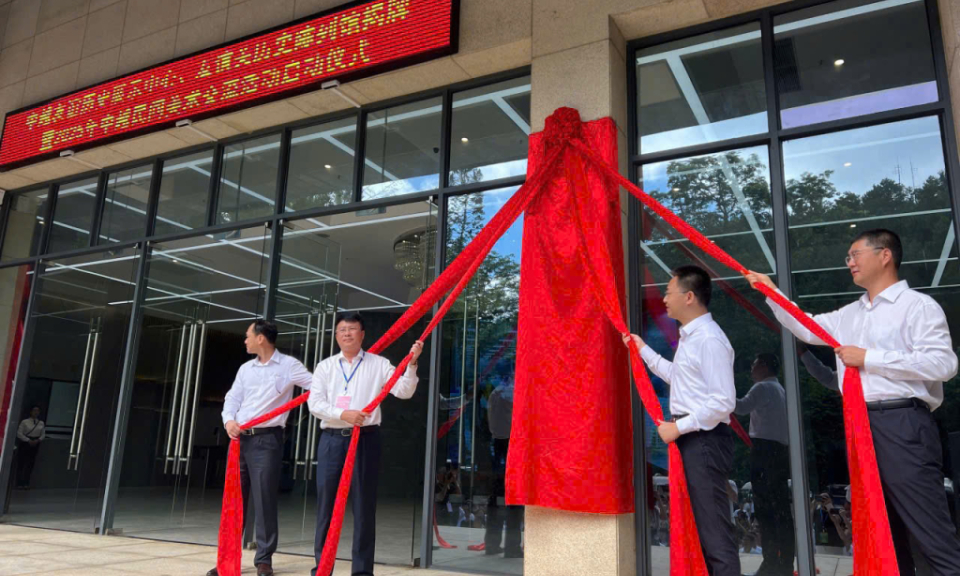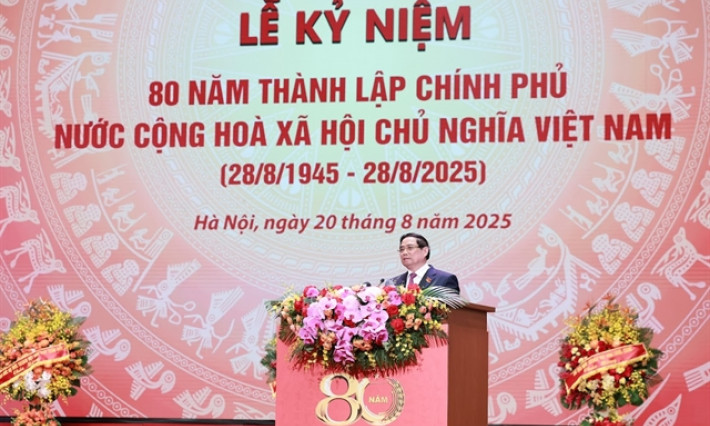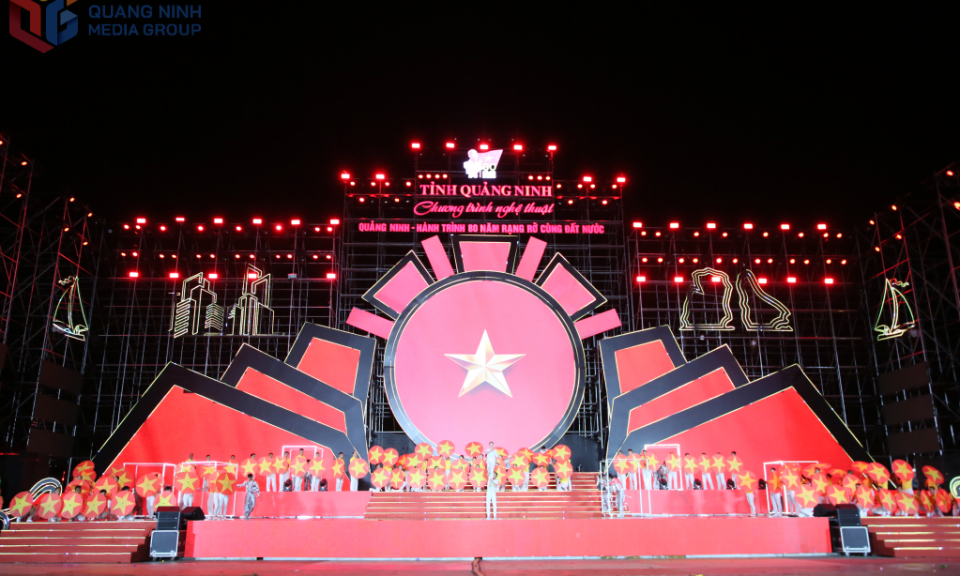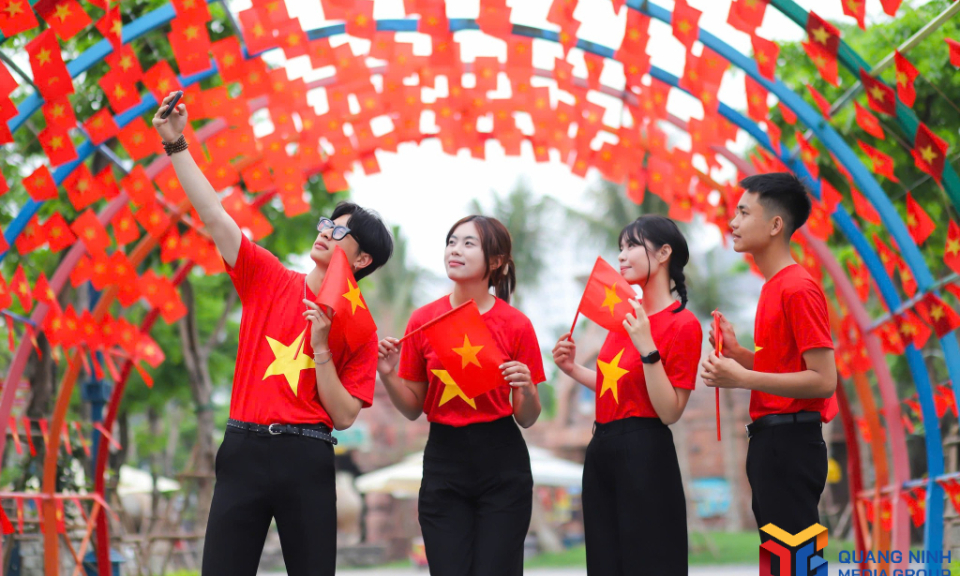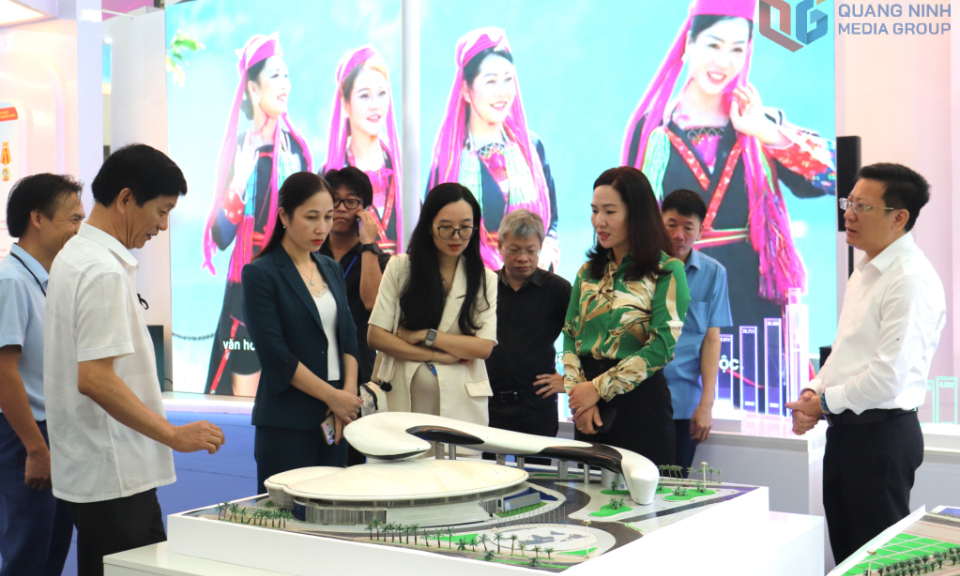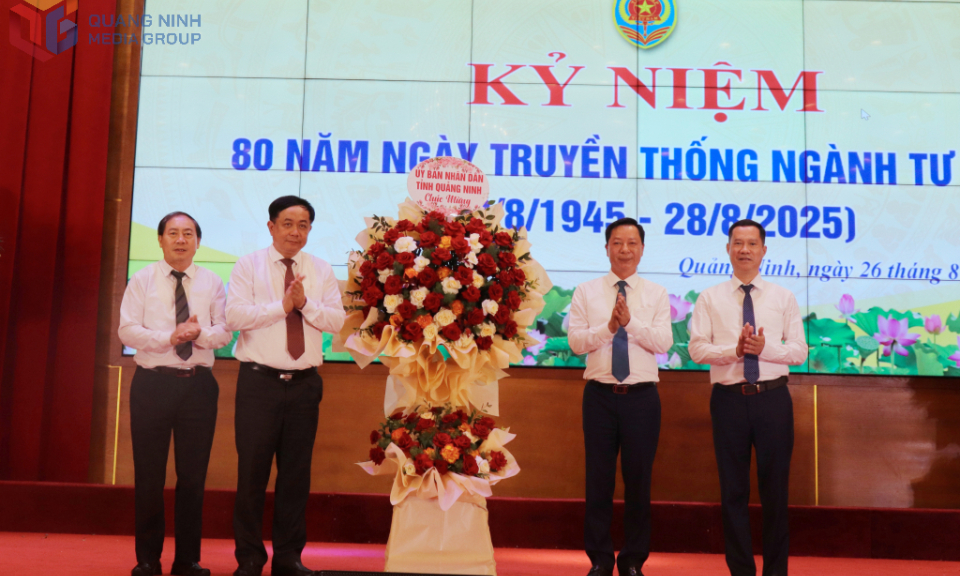Hong Gai poised to become a dynamic hub of services and commerce
Located in the center of the former Ha Long city, Hong Gai ward is leveraging its strategic location, vibrant population, modern infrastructure, and rich urban identity to transform itself into a contemporary center of services, trade, and tourism.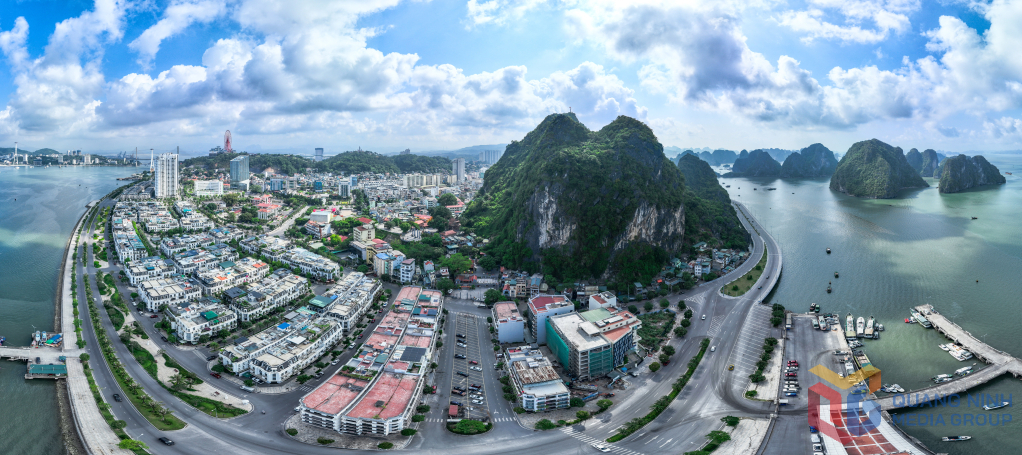
Hong Gai ward was formed through the merger of three former wards: Bach Dang, Tran Hung Dao, and the original Hong Gai. This restructuring created a broader and more cohesive administrative unit at the heart of the former Ha Long city.
Covering just around 5 square kilometers, Hong Gai is home to a string of iconic cultural and tourist landmarks such as Bai Tho Mountain, the Temple of General Tran Quoc Nghien, Long Tien Pagoda, Ha Long Market 1, and Bao Hai Linh Thong Tu Pagoda. This is a rare and distinctive cultural heritage complex within the province.
Since the administrative merger, these landmarks have not only retained their symbolic value but are also being integrated into themed tourism routes, forming seamless experiences that combine heritage sites, the old quarter, pedestrian streets, and marina tours.
The ward is also defined by a dynamic, well-educated population and a modern transportation and infrastructure network, including the scenic Tran Quoc Nghien coastal road, Vinashin Port, 25/4 Street, Tran Hung Dao Avenue, residential complexes, shopping malls, and schools. Together, these elements shape an urban space that is both rich in cultural depth and expansive in development capacity, enabling day-and-night economic activities that connect downtown areas with the periphery of Cua Luc Bay.
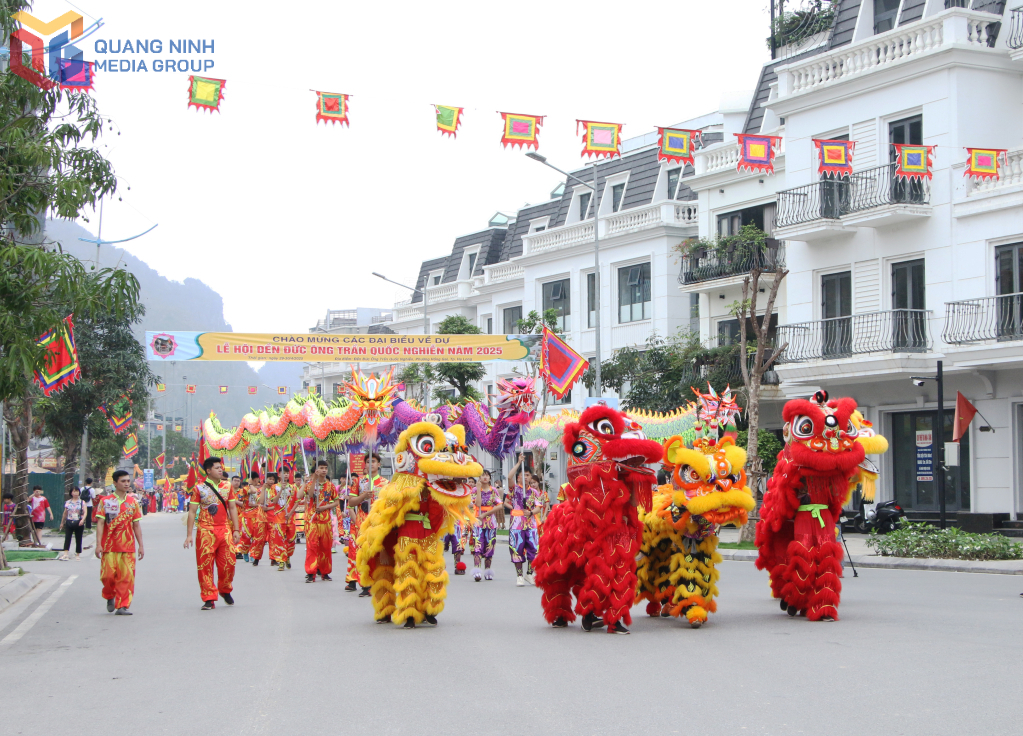
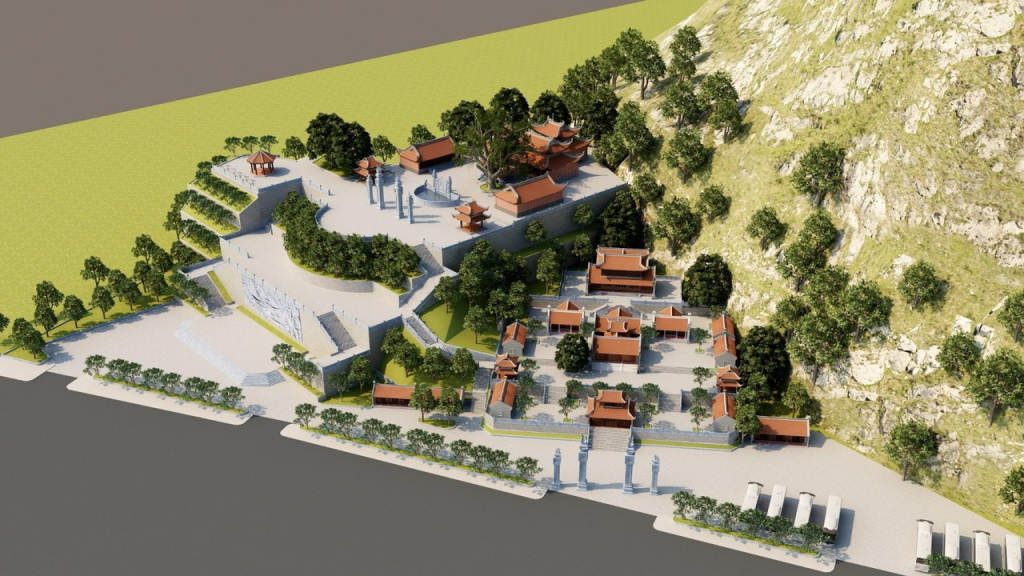
Looking ahead, Hong Gai has identified services, commerce, and tourism as the pillars of its economic growth strategy. A number of key initiatives are already underway, including developing a night-time economy, expanding spiritual tourism, and upgrading infrastructure around Bai Tho Mountain.
Additional plans involve transforming Ha Long Market 1 into a local specialty shopping center, reviving the old quarter, establishing walking streets, designing coastal and spiritual tours linked to historical sites, and managing the Cua Luc water surface area for sustainable development. Notably, the ward also aims to propose the national special heritage inscription for Tran Quoc Nghien Temple and the Bai Tho Mountain historical-cultural site cluster.
Once implemented, these initiatives are expected to form a coherent chain of day-and-night experiences, extend visitor stays, increase tourism’s added value, and generate more jobs for the local community.
“After reviewing the draft political report prepared for the upcoming Party Congress of the ward for the 2025-2030 term, I believe this is a highly practical direction, closely aligned with Hong Gai’s real potential and the province’s vision for a smart, sustainable city”, said Mr. Bui Quang Lam, a local resident.
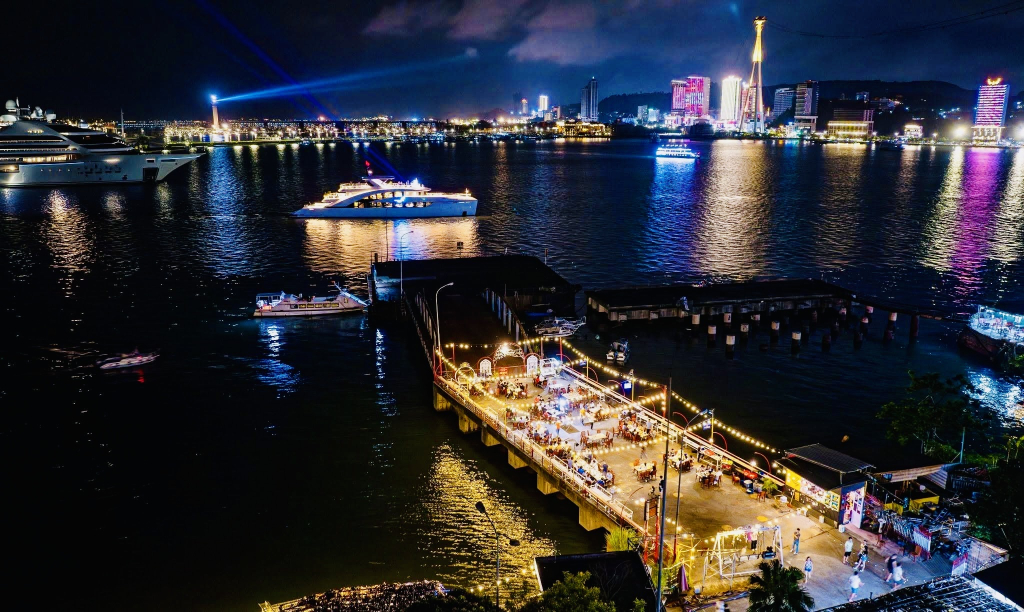
The ward has also pinpointed key breakthroughs for this period: developing service and tourism based on heritage assets; expanding the night-time economy; completing core infrastructure along Cua Luc Bay; driving digital transformation; and building a highly skilled workforce, placing people at the heart of development.
Each initiative is tied to concrete indicators: exceeding provincial revenue targets annually, 93% trained labor force, 35% high-skilled workers, 100% of neighborhoods achieving cultural standards, and 100% of urban waste being safely collected and treated.
“With broader administrative space and a more diversified economic base post-merger, we now have better-connected community resources”, affirmed Chairman of the Hong Gai Ward People’s Committee, Dao Tat Thang.

A dense population, high educational attainment, a streamlined team of officials, and a modern governance model provide a solid foundation for efficient public services. Right from the initial days of operating the new two-tier administrative model, the ward has demonstrated strong political will through assigning task forces to inspect 33 high-risk flood and landslide areas, overseeing the progress of public projects, and holding on-site dialogues with neighborhoods to promptly address environmental issues, urban renovations, and old apartment improvements.
The ward’s Public Administration Service Center has curretly adopted a “borderless model,” resolving hundreds of administrative requests daily without interruption. At the same time, it is prioritizing digital governance, establishing e-neighborhood groups, and applying data-driven management to better serve both citizens and businesses.

